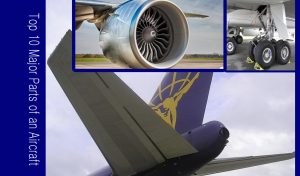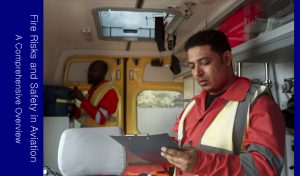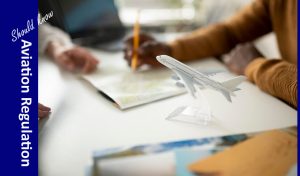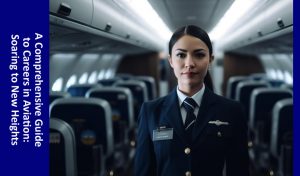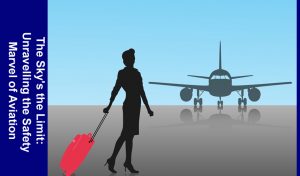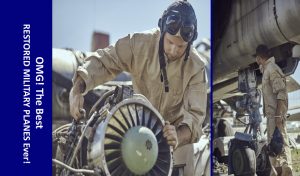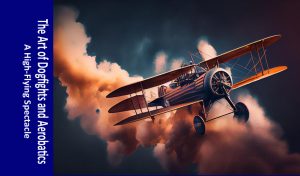Training aircraft are designed to teach pilots the skills they need to fly larger, more complex aircraft safely. As such, they have a number of unique features that make them ideal for training purposes. Today we will explore the Unique Features of Training Aircraft here.
Training aircraft plays a crucial role in preparing pilots for more complex and demanding flying tasks. They are designed to provide a safe and controlled environment for trainee pilots to learn and practice flying skills.
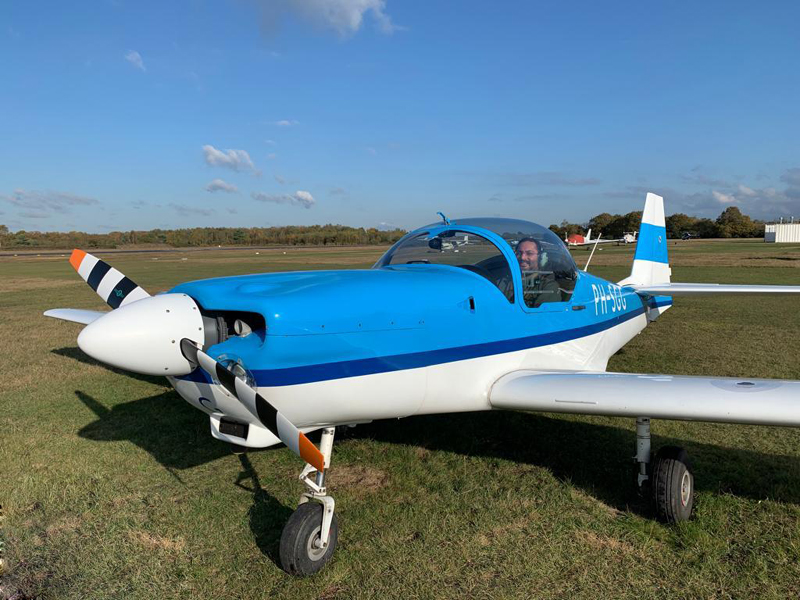
Technology
Training aircraft today are equipped with a variety of advanced technologies that help pilots learn more effectively. For example, many training aircraft have glass cockpits, which provide pilots with a real-time digital display of flight data. This can help pilots learn to interpret and use flight data more quickly and efficiently.
Training aircraft may also be equipped with flight simulators, which allow pilots to practice flying in a variety of scenarios without having to risk the aircraft. This can be especially helpful for practicing difficult maneuvers or flying in bad weather conditions.
History
The first dedicated training aircraft were developed in the early 20th century. These early aircraft were typically small, biplane designs that were easy to fly and maintain. As aircraft technology advanced, training aircraft became more sophisticated. For example, the first monoplane training aircraft were developed in the 1930s.
By the time of World War II, training aircraft had become essential for training the large number of pilots needed to fight the war. A number of classic training aircraft were developed during this time, including the North American T-6 Texan and the Vultee BT-13 Valiant.
After the war, training aircraft continued to evolve. The development of jet engines in the 1940s led to the creation of the first jet trainers, such as the Lockheed T-33 Shooting Star. Jet trainers allowed pilots to learn to fly high-performance aircraft without having to transition from piston-powered aircraft.
In recent years, training aircraft have become even more sophisticated. The development of advanced avionics and flight simulation technology has allowed training aircraft to provide pilots with a more realistic and effective training experience.
Design
Training aircraft are typically designed with the following features in mind:
- Safety: Training aircraft are designed to be as safe as possible, with features such as forgiving handling and strong airframes.
- Ease of flight: Training aircraft should be easy to fly, even for pilots with limited experience.
- Affordability: Training aircraft should be affordable to purchase and operate, as they are often used by flight schools and other budget-conscious organizations.
Some of the unique design features of training aircraft include:
- Dual controls: Training aircraft typically have dual controls, which allow the instructor to take over the aircraft if necessary.
- Large windows: Training aircraft typically have large windows to provide good visibility for both the pilot and instructor.
- Rugged landing gear: Training aircraft typically have rugged landing gear to withstand rough landings.
Examples of Unique Training Aircraft
Here are a few examples of training aircraft with unique features:
- Cirrus SR20 G2 Trainer: The Cirrus SR20 G2 Trainer is a single-engine piston aircraft that is equipped with a full glass cockpit and a Cirrus Airframe Parachute System (CAPS). The CAPS system is a ballistic parachute that can be deployed in an emergency to safety land the aircraft and its occupants.
- Diamond DA42 NG Trainer: The Diamond DA42 NG Trainer is a twin-engine piston aircraft that is equipped with a full glass cockpit and a Garmin G1000NXi avionics suite. The DA42 NG Trainer is also equipped with a Garmin Pilot Aware traffic awareness system and a Garmin TCAS II collision avoidance system.
- Textron Aviation Beechcraft T-6 Texan II: The Beechcraft T-6 Texan II is a single-engine turboprop aircraft that is used by the United States Air Force and Navy for pilot training. The T-6 Texan II is equipped with a full glass cockpit and a variety of advanced training systems.
These are just a few examples of the many unique training aircraft that are available today. Training aircraft have come a long way since the early days of aviation, and they continue to evolve to meet the needs of modern pilots.
Training aircraft has come a long way since the early days of aviation. Today’s training aircraft are equipped with a variety of advanced technologies that help pilots learn more effectively and safely. Training aircraft also continue to evolve in terms of design, with new features being developed all the time.
